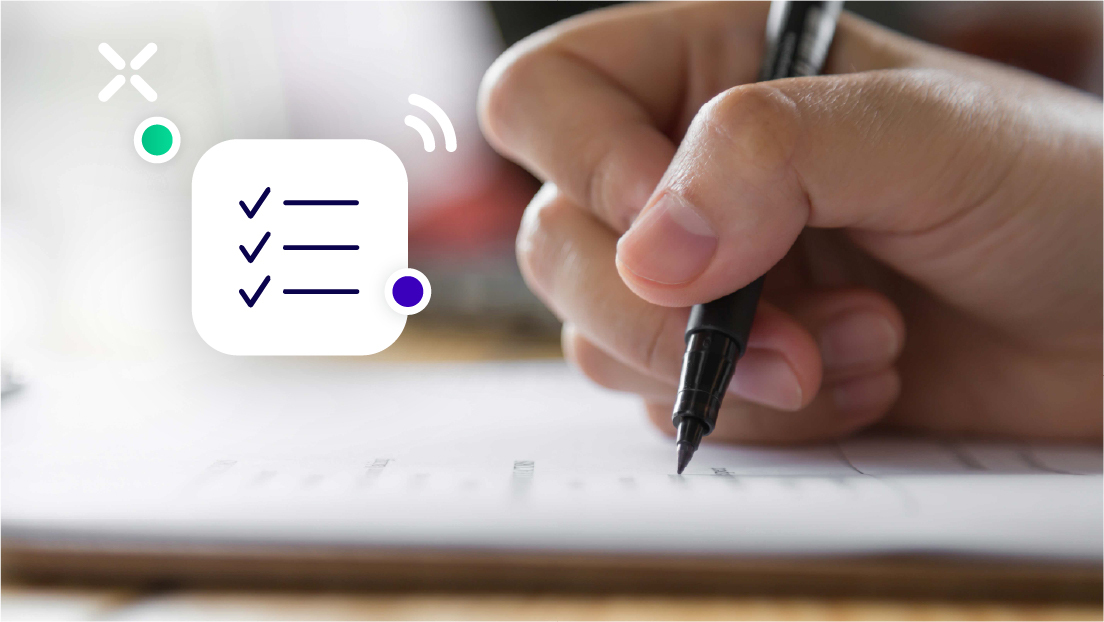Extending credit is a common practice for organizations operating in the B2B space. It allows businesses to make bulk purchases to meet customer demands. These businesses then need to generate sales to pay you back. How well they accomplish this depends on the strength of their sales and accounts receivable practices, which can create delays for you. Not surprisingly, you have likely looked at B2B collections best practices to boost cash flow.
The B2B Debt Collection Process
Debt collection steps vary across businesses. The process also differs based on the kind of credit extended, the terms, and whether clients tend to pay on time. However, the process does share some similarities across organizations:
- Identification: The first step involves identifying which customers owe money and how much they owe. You can do this through customer invoicing and accounting software.
- Contact: After confirming who owes what, notify each client. You can do this via phone calls, emails or letters. The most effective accounts receivable processes include strong dunning notice strategies.
- Negotiation: Ideally, the invoice and communications are enough to prompt payment. If not, the next step is negotiating a payment plan with the customer. Focus on coming to a mutually beneficial agreement.
- Payment: After creating a payment option or plan, stick to your end of the agreement. It builds customer trust and improves the chances of getting paid in full.
- Follow-up: Even after a payment plan agreement, continue to follow up with customers. Doing so ensures that payments come in on time. It also shows that your business is serious about collecting on debts.
B2B Collections Best Practices
There is no foolproof way to ensure that all your clients settle their invoices on time. Even so, there are some steps you can take to increase the likelihood of them doing so. Consider the following examples:
- Establish clear terms. When extending credit, establish clear, explicit and formal terms with customers. The specific factors to narrow down include the interest rate, payment schedule, and potential late fees.
- Conduct credit checks. Before taking on new customers, assess their ability to repay the debt. Look at their credit histories, especially regarding their payment records and how much debt they currently have.
- Offer discounts. You may also want to offer discounts for early payment. Doing so can incentivize customers to pay their invoices sooner. Some businesses prefer not to do this because those discounts can add up. Use this method when you notice a severe risk of defaults.
- Send reminders across multiple channels. Finally, it is essential to send reminders to customers about upcoming payments. The goal is to ensure they know the impending amount so they can make arrangements to pay on time.
- Offer flexible payment methods. In today’s digital world, there are many different ways to pay. Offer customers the option to pay via ACH, credit card, debit card, e-check, or even through a mobile app. Having options can make it easier for them to settle their debts. Customer portals also make it easier for clients to take control of the payment process and improve the B2B collections experience.
- Enforce late fees and penalties. When customers do not pay on time, enforce the penalties in their contracts. Remember to mention these late fees and fines in your dunning notices and follow-up communications.
- Create a bad debt strategy. It’s impossible to avoid delinquencies altogether, so create a plan for when it happens. Will you take the client to court to get payment? Will you sell the debt to a collections agency? What is the threshold for writing off the debt?
- Automate B2B accounts receivable: Automating your accounts receivable process can help you stay on top of payments and reduce time spent on collections. This is one of the most inexpensive transformations you can make to your AR strategy.
The Bottom Line
B2B collections can be a complex process. No universal solution works for every business or even every product offered by a business. Even so, creating a plan and automating it as best as possible can positively impact the B2B collections experience and effectiveness.
Our team at Gaviti has developed an advanced but easy-to-use AR automation tool for your business. Use it to automate everything from your dunning strategy to payments and the metrics you follow.
Businesses just like yours have used our software to reduce DSO, boost cash flow and reduce bad debt. What will you achieve with the help of our automated services? Find out by getting your free demo today.






















